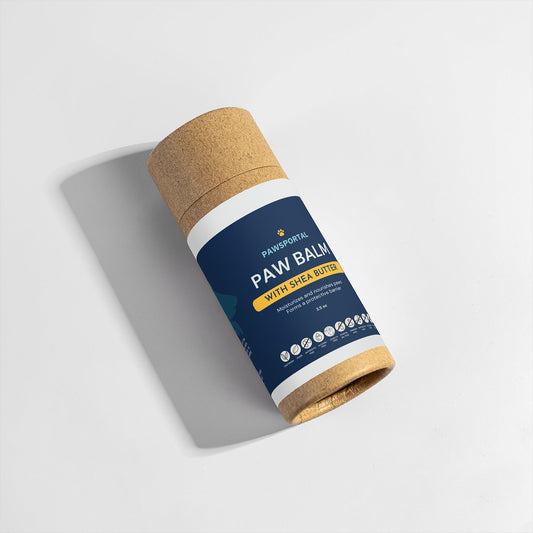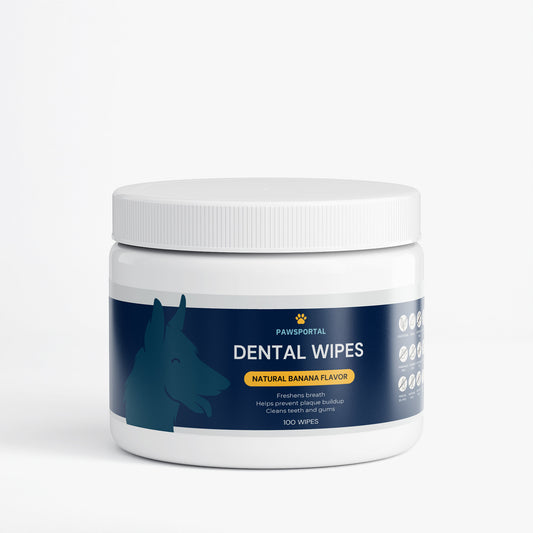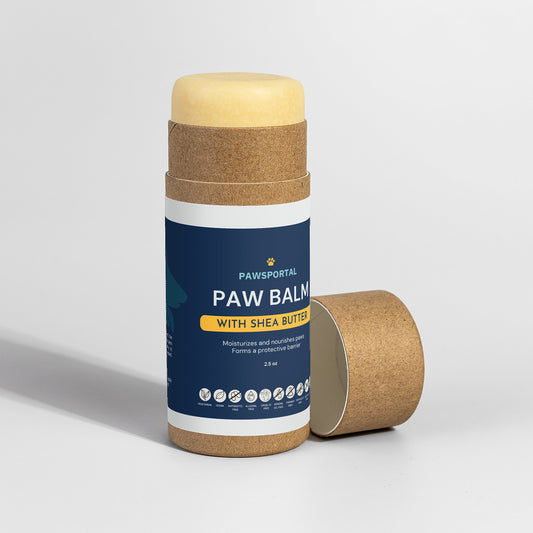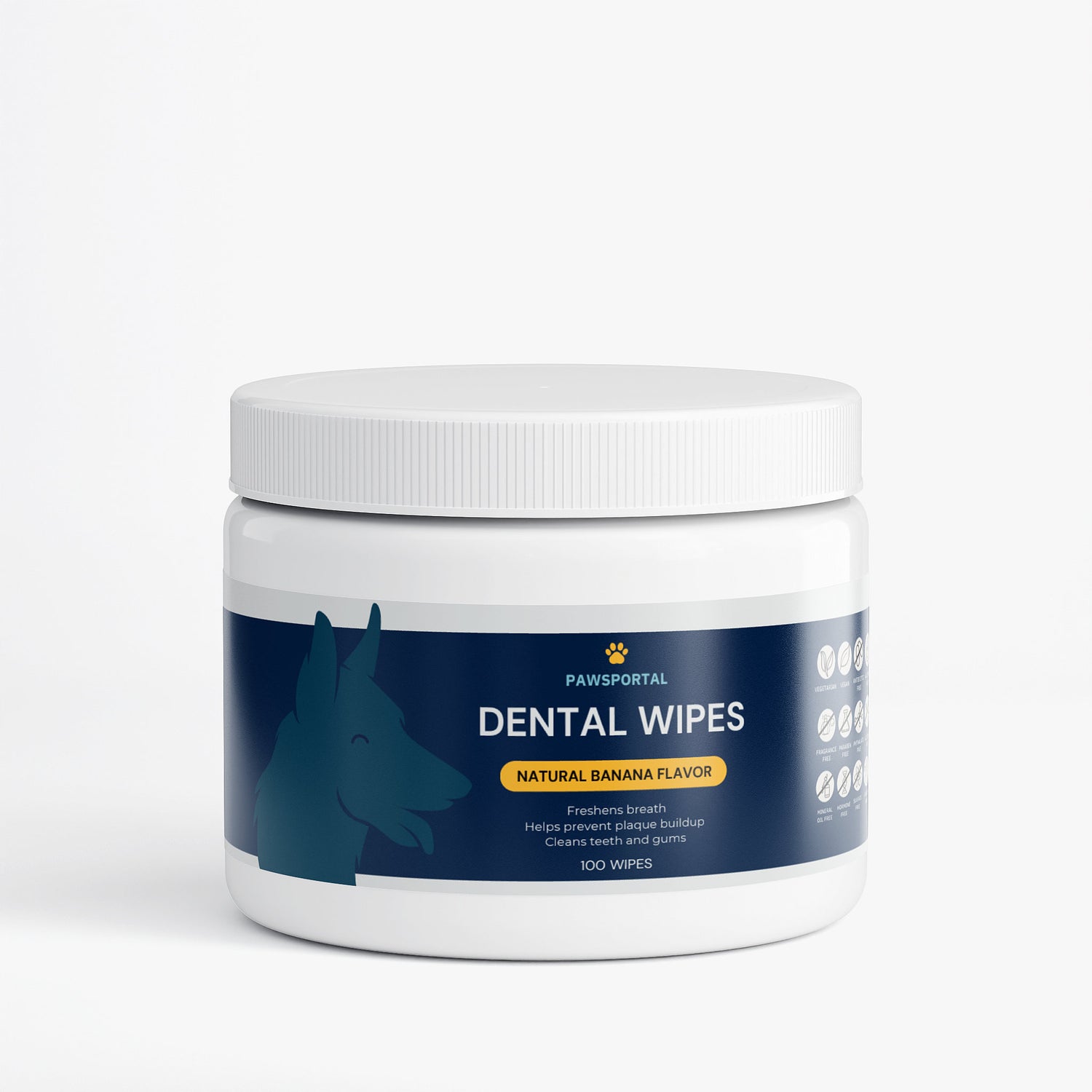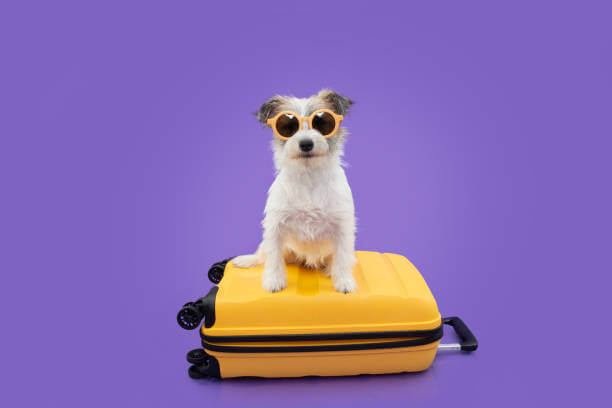
How to Prepare Your Dog for a Long Flight: A Comprehensive Checklist
Share
Traveling with your dog on a long flight can be a rewarding yet challenging experience. Proper preparation is key to ensuring your dog’s comfort and safety. At Pawsportal, we understand the importance of responsible pet travel, which is why we’re here to guide you through every step of the process. Our mission is to help pet owners like you navigate the complexities of traveling with your furry friend.
1. Vet Visit and Health Checks
Before embarking on any long flight, it’s crucial to schedule a vet appointment. Your vet will check your dog’s overall health and ensure they are fit to fly. During the visit, request any necessary vaccinations and health certificates. Airlines often require proof of rabies vaccination and a health certificate dated within 10 days of travel. This step also includes discussing your dog’s anxiety level and potential need for calming aids.
2. Choose the Right Carrier
Your dog's travel crate or carrier must be comfortable, secure, and airline-approved. For in-cabin travel, your carrier must fit under the seat in front of you. For larger dogs flying in cargo, the crate must be sturdy, well-ventilated, and spacious enough for the dog to stand and turn around comfortably. You can choose between soft-sided carriers for smaller dogs and hard-sided crates for larger breeds. If you’re buying a crate, make sure it meets your airline's guidelines for size and structure.
3. Crate Familiarization
Make sure your dog feels safe and comfortable in their crate well before the flight. Start introducing your dog to the crate weeks in advance, gradually increasing the time they spend inside it. Add your dog’s favorite blanket, a toy, or a piece of clothing with your scent to make it more inviting. The goal is for your dog to associate the crate with a positive and relaxing experience.
4. Feeding and Hydration
Knowing when and what to feed your dog before the flight is important. To avoid discomfort or the need for frequent bathroom breaks, feed your dog 4-6 hours before departure. Offer small sips of water up until the flight, especially during long trips, but limit the amount to prevent the need for urination. Carry a collapsible water bottle for convenient hydration post-flight.
5. Exercise and Bathroom Breaks Before Departure
Exercise your dog extensively before your flight to help reduce their energy levels and anxiety. A long walk or play session can do wonders to help them settle down during the flight. Additionally, take your dog to a pet relief area at the airport just before boarding to ensure they’ve had one last bathroom break.
6. Packing Essentials
A well-packed travel bag will make your trip smoother. Items you should include:
- Food and Water: Pack enough food for the duration of your trip and a collapsible water bowl.
- Medications: If your dog takes any medications, don’t forget to bring them in your carry-on bag.
- Comfort Items: Bring familiar toys, blankets, or anything that can help calm your dog during the journey.
- Poop Bags and Pee Pads: For bathroom emergencies, carry absorbent pee pads and plenty of poop bags.
7. Airline Rules and Regulations
Each airline has different rules and regulations regarding pet travel. Be sure to research your specific airline’s requirements. Some airlines allow small dogs to travel in-cabin, while others require dogs to fly in the cargo hold. Understand weight limits, crate specifications, and any additional fees involved. It’s also important to check your airline's policies for layovers and how they manage long flights with pets.
8. In-Flight Comfort and Safety
To ensure your dog’s comfort during the flight, provide padding in the crate, especially for cargo travel. In-cabin dogs should remain inside their carrier but can benefit from a soft blanket and a toy. You might want to consider a calming vest or pheromone spray to help with anxiety. Additionally, pack extra pee pads and cleaning wipes in case of accidents during the flight.
9. After the Flight: Post-Flight Care
Once you arrive, give your dog water and take them to a pet relief area immediately. Dogs may be anxious or stressed after a long flight, so offering them a walk and some comfort can help ease their nerves. Ensure they stretch, relax, and acclimate to their new environment slowly.
Traveling with your dog on a long flight doesn’t have to be stressful if you prepare thoroughly. From vet checks to packing the right gear, every step counts toward ensuring a smooth experience. With the right planning and resources, your dog will be ready for the journey ahead. At Pawsportal, we’re here to help make your travels as seamless and safe as possible for both you and your dog.
FAQs: Preparing Your Dog for a Long Flight
• How to prepare a dog for a long flight?
Start with a vet check-up to ensure your dog is healthy. Familiarize your dog with its travel crate, ensure they’re comfortable with it, and gather essential travel documents like health certificates. Exercise your dog before the flight to tire them out, and pack necessary items like food, water, medications, and comfort items.
• What to give a dog before flying?
Feed your dog a light meal a few hours before departure. Calming treats or pheromone sprays (with vet approval) can help alleviate anxiety. Ensure they have water, but in limited amounts to avoid discomfort.
• How long before a flight should a dog stop eating?
Ideally, stop feeding your dog 4-6 hours before the flight to avoid nausea or the need for bathroom breaks. Provide water but in moderation to keep them hydrated without overloading their bladder.
• How do people take dogs on long flights?
Small dogs can fly in-cabin in an airline-approved carrier, while larger dogs may need to fly in cargo. Both will require health certificates and specific travel crates that meet airline guidelines.
• How stressful is flying for dogs?
Flying can be stressful for dogs due to unfamiliar environments, confinement, and noise. Preparation, crate training, and calming techniques can help minimize anxiety.
• Can dogs fly for 12 hours?
Yes, dogs can fly for 12 hours or longer, but preparation is key. Ensure the dog is comfortable, hydrated, and has had exercise before the flight. Discuss sedatives or calming solutions with your vet if necessary.
• How do I calm my dog before a flight?
Exercise your dog before travel, use familiar comfort items in the crate, and consult with your vet about calming aids like natural supplements or pheromones.
• Should I give my dog water on a flight?
Yes, but offer water in moderation to avoid frequent bathroom needs. You can use a portable water bottle or attachable crate water dispenser for long flights.
• What to do if my dog needs to pee on the plane?
Before the flight, ensure your dog uses a pet relief area. For in-flight needs, in-cabin pets can use absorbent pee pads in the crate. However, bathroom breaks on flights are limited, so plan accordingly.
• How do dogs go to the toilet on long flights?
Dogs flying in the cabin can use pee pads in their carrier. Dogs in cargo are usually prepared with absorbent materials or pee pads in their crate. Make sure to walk them and use relief areas at the airport before takeoff.
• What is the best time to fly with a dog?
Choose flights during cooler times of the day, like early morning or late evening, to avoid heat stress, especially if your dog will be in cargo.
• How do dogs drink water on planes?
Attach a water bottle to the crate for dogs traveling in cargo, or use a spill-proof water bowl for in-cabin pets. Offer small amounts of water periodically throughout the flight.
• Do dogs' ears hurt when flying?
Dogs may experience ear discomfort due to pressure changes, similar to humans. Chew toys or treats during takeoff and landing can help relieve pressure.
• What medicine is good for dogs traveling?
Consult your vet for safe medications or natural remedies. Common choices include anti-anxiety medications, sedatives (if necessary), or natural calming supplements.
• Should I sedate my dog before flying?
Sedation is generally not recommended due to risks like breathing difficulties. However, mild calming aids may be used after consultation with a vet.
• How do I make sure my dog doesn't poop on a plane?
Exercise your dog and allow them to relieve themselves before the flight. Feeding them 4-6 hours before departure and using absorbent materials in the crate can prevent accidents.
• How do dogs cope on long flights?
Dogs cope better if they are crate-trained, comfortable with their environment, and have had adequate exercise before the flight. Familiar items like blankets or toys can reduce stress.
• How to get your dog to pee when traveling?
Use pet relief areas at the airport before boarding. In-cabin dogs can use pee pads. Offering water at intervals during the trip can help them stay hydrated while keeping bathroom needs manageable.
• What to give a dog to calm down for flying?
Calming chews, natural supplements, or vet-approved medications can help. Pheromone sprays or calming collars may also reduce anxiety.
• How stressful is flying for a dog?
Flying can be moderately stressful due to confinement, noise, and separation. Preparing your dog with crate training, exercise, and familiarity with travel conditions helps reduce stress.
• What are the dangers of flying your dog?
Potential dangers include overheating, anxiety, and pressure changes affecting breathing or ears. Risks increase in cargo, so choose pet-friendly airlines and prepare properly.
• Where do dogs relieve themselves on long flights?
Dogs in the cabin can use pee pads, while those in cargo have absorbent materials in their crates. Airport pet relief areas are the best option before and after flights.
• What to do after a dog flight?
Once landed, offer water and a bathroom break immediately. Walk your dog to stretch their legs and provide comfort, allowing them to adjust after the flight.
• How are dogs cared for on planes?
In-cabin dogs stay with their owners, while cargo dogs are monitored by airline staff and placed in temperature-controlled, pressurized compartments. Ensure your dog’s crate has proper ventilation and bedding for comfort. 
RELATED ARTICLES
CDC Guidelines on Bringing Animals into the U.S.
This page provides details on vaccinations, rabies certificates, and travel health requirements for dogs entering the U.S.
The USDA Animal and Plant Health Inspection Service provides official guidelines for domestic and international pet travel.
TSA Guidelines for Traveling with Pets
TSA’s official recommendations for flying with pets, including security screening and in-flight tips.



